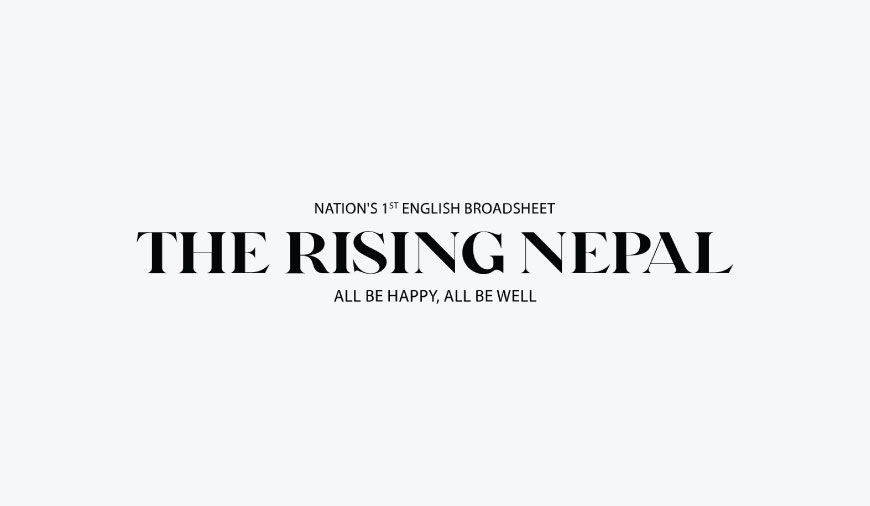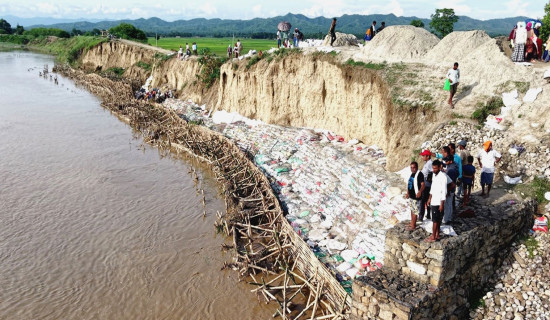- Wednesday, 16 July 2025
Vacation Season
Dixya Poudel
Nepalis recently celebrated Dashain, a fifteen-day festival that is a yearly highlight for Nepalis worldwide. The festival saw people shuttling from one relative to the next to observe tika. They travelled across regions of Nepal or from abroad to give and receive tika, jamara, and blessings from their loved ones. They also indulged in cuisines, played swings, connected with one another, and revived their time in a festival spirit.
In a few days, Tihar, also called Deepawali, will herald yet another string of celebrations. After Dashain, Tihar is the most auspicious festival of Nepal and while it is a Hindu festival, it is also observed culturally. Tihar is a five-day festival, relatively shorter than Dashain but packed with immensely ritualised traditions.
The highlights of Tihar are lighting diyos or candles, singing deusi and bhailo, playing cards, observing bhai tika, worshipping various deities, organising get-togethers, cooking up a feast particularly sweet items, and so on.
This year, however, a shortage of sugar in the market has likely curbed the amount of desserts usually cooked in Nepali kitchens. But it hasn’t dulled the festival spirit.
Instead, people have either been splurging on or cutting short their expenditures. Overall, each year in autumn season, Nepalis are immersed in vacation fervour. Mostly, students have a monthly time-off while professionals have a relatively shorter break.
As such, vacations are an essential respite for people regardless of age, profession and gender. Officers get to relax at home, students get a break from studies, and workers too get a time-off.
After clocking endless hours at work, taking lessons and exams, and caring for the loved ones, vacations are a time to let the hair down.
They are requisite to an all-rounded wellbeing as they provide an escape from the daily routine. Often stressed workers are suggested to take time-off for vacation. Constant hustle and work can lead to stress and burnout as the grind of modern lifestyle can be particularly hectic.
It can stifle creativity and can also dull the experience of work and study while limiting the much necessary family time. Vacations and holidays instead recharge with rest and recreation.
In the West, vacations signal a time that is spent on beaches in a sunny weather or on hikes and treks on trials, hills, and mountains. It is either on summers or winters.
In Nepal, however, there are plenty of holidays to partake on year-round. But it isn’t necessarily unproductive. It is a time when people read leisurely, reconnect with their family members, rejuvenate, and recharge their mind. Overall, Nepal enjoys diversity in cultural and religious festivals as Nepalis are known for their festive spirit. Critics have, however, decried the number of public holidays in Nepal saying they sap productivity although Nepal has only Saturdays as a weekly public holiday and thus a short weekend.
Yet, as the nation gears towards economic growth, it may have to reconsider the number of public holidays it provides. Currently, there is an interlude between Dashain and Tihar. This time of year sees a yearly vacation season for students and professionals in Nepal.
And even though they will have to return to their routine after the vacation, they shall do so rejuvenated, thanks to these few days or for the fortunate ones, even several weeks of respite.

















